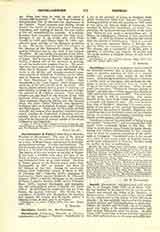

Castellammare di Stabia (CASTRI MARIE, STABIAE), Diocese of (STABIENSIS).—The seat of the diocese is an industrial city, situated on the Bay of Naples, on a slope of Monte Gauro, and famous for its health-giving mineral springs. It is also a naval station. The city was built near the ruins of the ancient Stabue, buried in A.D. 79 under the ashes and scoria of Vesuvius. The history of this city is more or less that of Naples. It has been a fortified town since the time of the House of Anjou, and it is supposed that Christianity was introduced there at an early period. Previous to Ursus, present at the Roman synod under Pope Symmachus, in 499, no register was kept of the bishops of this city. Among its noteworthy bishops were: Lubentius, present in Rome in 649; St. Castellus (827); Palmerio (1196), champion of ecclesiastical rights against Frederick II; Giovanni Fonseca (1537), a famous theologian at the Council of Trent; Ludovico Gravina (1581) and C. Vittorino Maso (1599), learned theologians and canonists; also the accomplished orator, Clemente del Pezzo (1651). In 1818 Pius VII united with this see Torre Patria, the ancient L’iternum. The diocese has a population of 70,400, with 26 parishes, 90 churches and chapels, 220 secular and 30 regular priests, 4 religious houses of men and 11 of women.
U. BENIGNI

